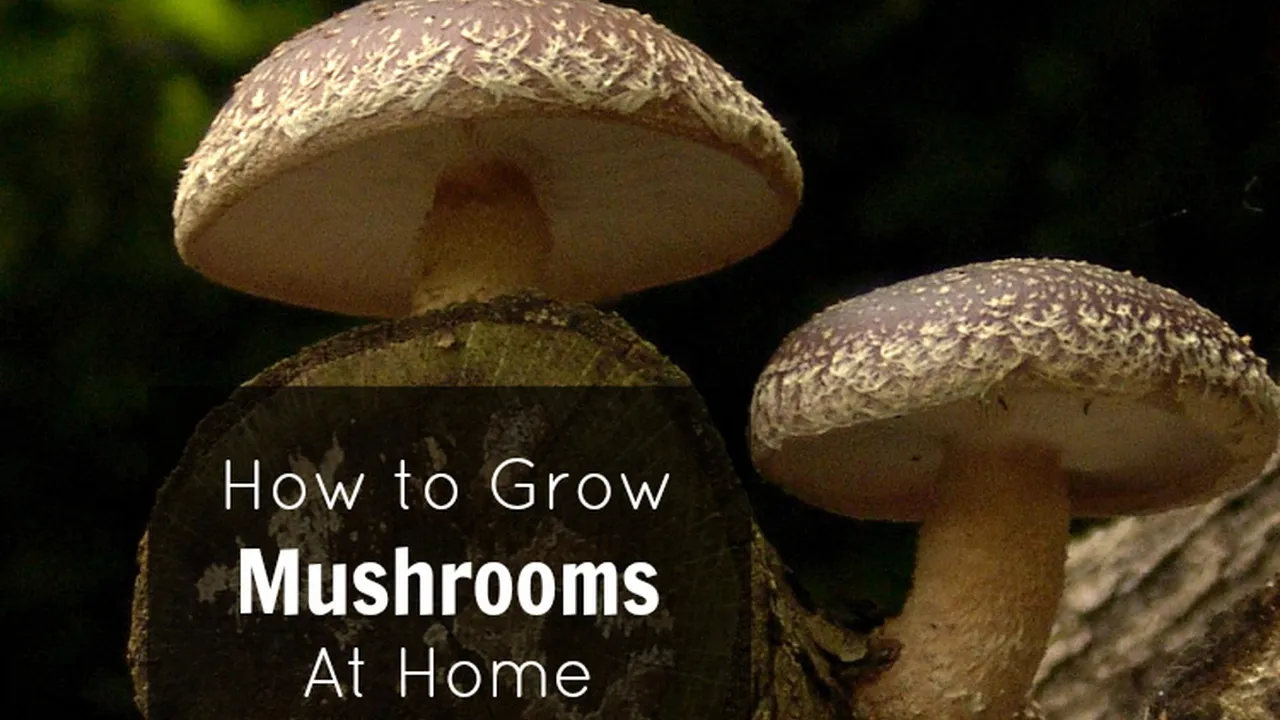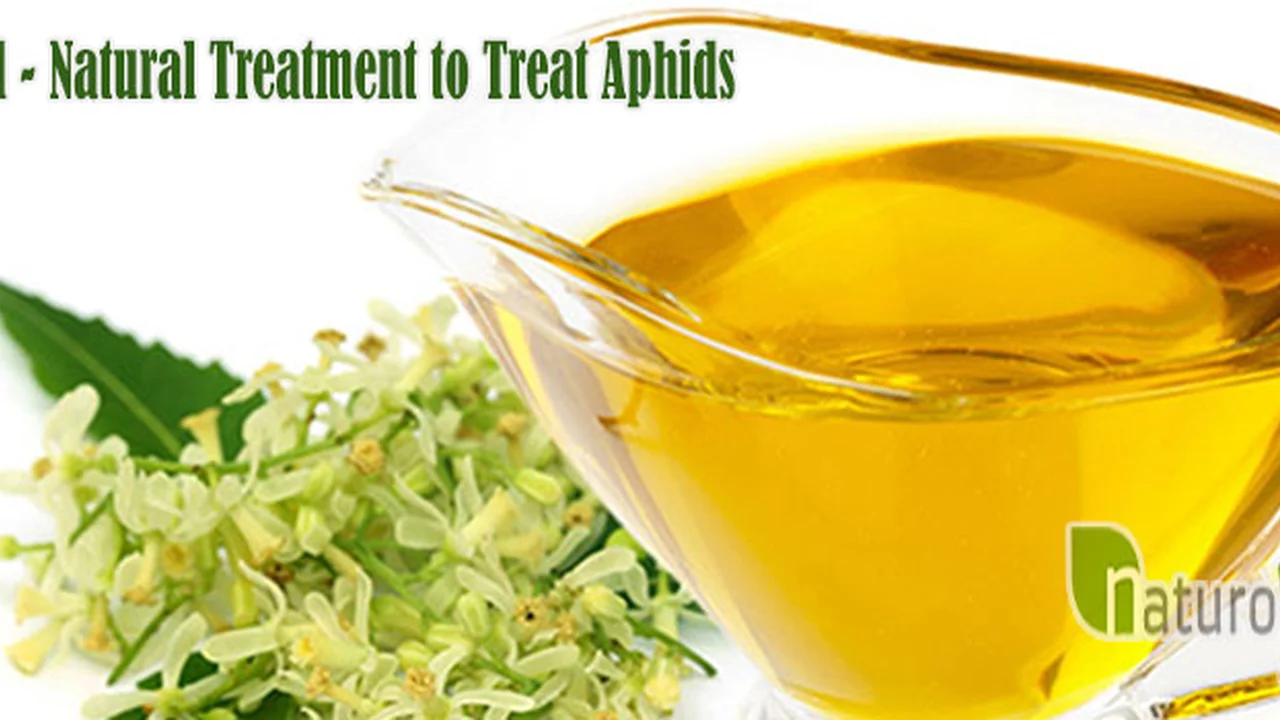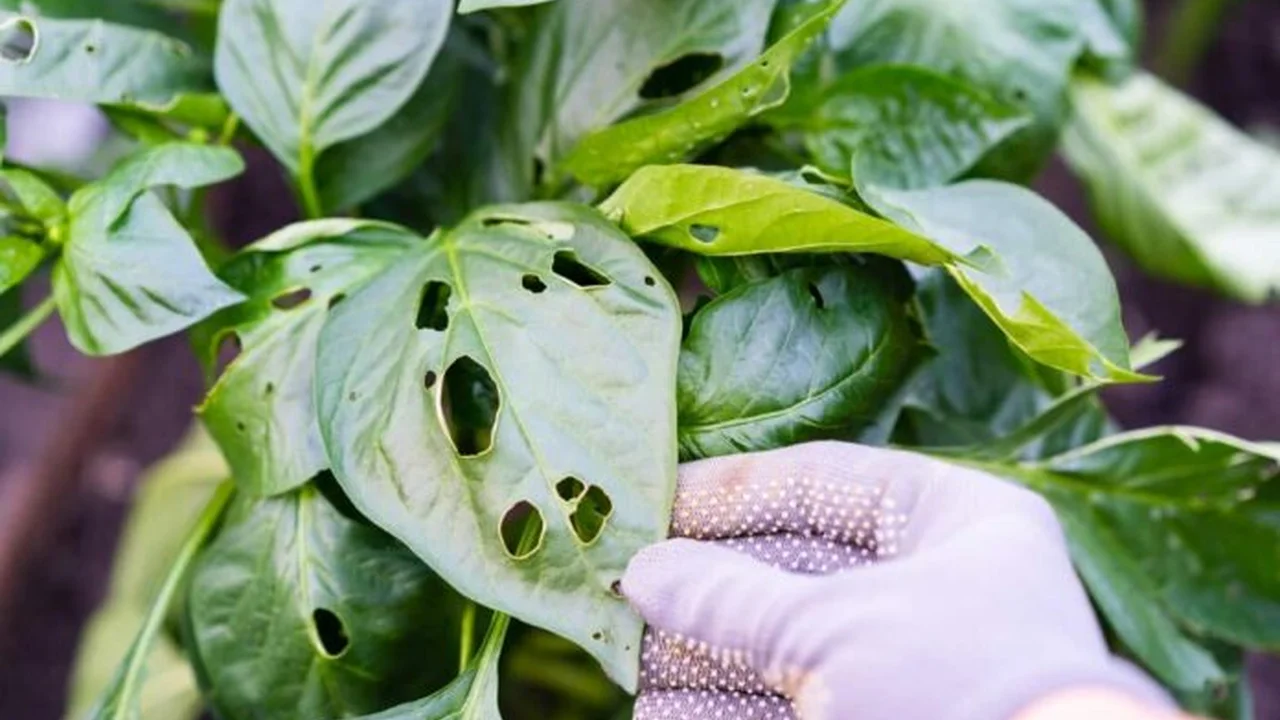Growing Mushrooms at Home 4 Simple Methods
Learn 4 simple methods to grow your own mushrooms at home. A unique and rewarding gardening endeavor.

Growing Mushrooms at Home 4 Simple Methods
Hey there, fellow garden enthusiasts! Ever thought about adding something a little different to your home-grown produce? How about mushrooms? Growing your own fungi might sound a bit intimidating at first, but trust me, it's a super rewarding and surprisingly straightforward process. Not only do you get fresh, delicious mushrooms right from your kitchen or garden, but it's also a fantastic way to explore a whole new side of home cultivation. Forget those bland store-bought button mushrooms; we're talking about gourmet varieties like oyster, shiitake, and even lion's mane, all grown by your own two hands. Let's dive into four simple methods that will get you started on your mushroom-growing adventure.
Method 1: Mushroom Grow Kits The Easiest Start
If you're a complete beginner and want to dip your toes into mushroom cultivation without much fuss, a pre-made mushroom grow kit is your best friend. These kits are designed for simplicity and usually guarantee a harvest. They come with a substrate (the material the mushrooms grow on) already inoculated with mushroom mycelium (the fungal root system). All you really need to do is follow a few basic instructions, usually involving misting with water and providing the right light conditions.
What's in a Mushroom Grow Kit and How to Use It
Typically, a kit consists of a block of sterilized substrate, often sawdust, straw, or a mix, colonized by mushroom mycelium, all contained within a plastic bag or box. You usually just cut a slit in the bag, expose the block to air, and mist it regularly. Within a week or two, you'll start seeing tiny mushroom 'pins' emerge, which then rapidly grow into full-sized mushrooms. It's pretty magical to watch!
Recommended Mushroom Grow Kits and Their Uses
- North Spore Oyster Mushroom Grow Kit: This is a fantastic choice for beginners. Oyster mushrooms are fast-growing, prolific, and quite forgiving. You can get multiple 'flushes' (harvests) from one kit. They're great for stir-fries, soups, or just sautéed with butter and garlic.
- Back to the Roots Organic Mushroom Grow Kit (Oyster): Another popular and reliable option. It's often found in garden centers and online. Super easy to activate and yields a good amount of delicious oyster mushrooms.
- Fungi Ally Lion's Mane Grow Kit: If you're feeling a bit more adventurous, lion's mane is a unique and highly sought-after mushroom known for its seafood-like texture and potential health benefits. This kit makes it accessible for home growers.
Comparing Grow Kits Price and Yield
Most grow kits range from $20 to $35. While they might seem a bit pricey for a single block, consider the convenience and the multiple flushes you can get. A good oyster mushroom kit can yield anywhere from 1 to 2 pounds of fresh mushrooms over several weeks, which is a pretty good return on investment compared to buying gourmet mushrooms at the store. The main difference between brands often comes down to the reliability of the first flush and the potential for subsequent harvests. North Spore and Back to the Roots are generally very consistent.
Method 2: Log Cultivation A Long-Term Investment for Outdoor Growers
If you have some outdoor space and are looking for a more sustainable, long-term mushroom growing solution, log cultivation is an excellent choice. This method involves inoculating hardwood logs with mushroom spawn (usually in the form of dowels or sawdust spawn). While it takes longer to see results (sometimes 6-18 months for the first harvest), a properly inoculated log can produce mushrooms for several years!
Choosing the Right Logs and Spawn for Outdoor Mushroom Growing
You'll need freshly cut hardwood logs, ideally from oak, maple, or sweet gum. Avoid softwoods like pine or cedar. The logs should be healthy and free of disease. For spawn, you'll typically use plug spawn (small wooden dowels inoculated with mycelium) or sawdust spawn. Shiitake, oyster, and lion's mane are popular choices for log cultivation.
Step-by-Step Log Inoculation Process
- Drill Holes: Use a drill bit (usually 5/16 or 7/16 inch, depending on your plug spawn) to drill holes about 4-6 inches apart in a diamond pattern all over the log.
- Insert Spawn: Tap the plug spawn into the holes with a hammer, or use a specialized inoculation tool for sawdust spawn.
- Seal with Wax: Crucially, seal each inoculated hole with melted cheese wax or beeswax. This protects the mycelium from drying out and from contamination.
- Stack and Wait: Stack your inoculated logs in a shady, moist area, ideally off the ground. Keep them moist, especially during dry spells.
Recommended Products for Log Cultivation
- Fungi Perfecti Shiitake Plug Spawn: Fungi Perfecti is a highly reputable supplier. Their shiitake plug spawn is excellent for log cultivation and produces delicious, meaty mushrooms.
- Mushroom Mountain Oyster Mushroom Sawdust Spawn: If you prefer sawdust spawn, Mushroom Mountain offers high-quality options. You'll need an inoculation tool for this.
- Cheese Wax for Sealing: Any food-grade cheese wax will work. You can find it at cheesemaking supply stores or online.
Log Cultivation Considerations Price and Longevity
The initial cost for log cultivation includes spawn (around $20-$40 for enough to inoculate several logs), a drill bit, and wax. The logs themselves are often free if you have access to a woodlot or know an arborist. The real investment here is time. However, the payoff is significant: a single log can produce mushrooms for 3-7 years, making it incredibly cost-effective in the long run. Shiitake logs are particularly known for their longevity and consistent yields.
Method 3: Straw Bales A Quick and Easy Outdoor Option
Growing mushrooms on straw bales is another fantastic outdoor method, especially if you want a quicker harvest than logs but still want to utilize your garden space. Oyster mushrooms are particularly well-suited for straw bale cultivation. This method is relatively low-cost and can yield a good amount of mushrooms in a shorter timeframe compared to logs.
Preparing Straw Bales for Mushroom Growth
You'll need fresh, clean straw bales (not hay, as hay contains too many seeds and nutrients that can lead to contamination). The straw needs to be pasteurized to kill off competing organisms. This can be done by soaking the bales in hot water (around 160-180°F or 71-82°C) for a few hours, or by cold pasteurization using a lime bath.
Inoculating and Maintaining Straw Bales
Once pasteurized and cooled, break up the straw bale slightly and mix in your mushroom spawn. You can use grain spawn or sawdust spawn for this. Re-form the bale or place the inoculated straw into large mesh bags. Keep the bales moist and in a shady location. Mushrooms will typically start fruiting within a few weeks to a couple of months.
Recommended Spawn for Straw Bales
- North Spore Oyster Mushroom Grain Spawn: Grain spawn is ideal for mixing into straw bales as it provides many inoculation points. North Spore's oyster spawn is reliable and vigorous.
- Field & Forest Products Oyster Mushroom Sawdust Spawn: Another great option for straw. Field & Forest Products are known for their quality mushroom cultures.
Straw Bale Cultivation Cost and Harvest Time
Straw bales are relatively inexpensive, often $5-$10 each. Spawn costs are similar to log cultivation. The main advantage here is speed; you can often get your first flush of oyster mushrooms from a straw bale within 3-6 weeks after inoculation. A single bale can produce several pounds of mushrooms over a few flushes, making it a very productive method for a season.
Method 4: Indoor Substrate Bags Controlled Environment for Consistent Yields
For those who want more control over their mushroom growing environment and prefer an indoor setup, cultivating mushrooms in substrate bags is a popular and effective method. This is essentially what commercial mushroom farms do, scaled down for home use. It allows for year-round production and a wider variety of mushroom types, including more sensitive ones like lion's mane or reishi.
Choosing and Preparing Substrates for Indoor Bags
Common substrates include hardwood sawdust (often supplemented with bran), straw, or even coffee grounds. The key is to sterilize the substrate to eliminate competing molds and bacteria. This usually requires a pressure cooker or steam sterilizer. Once sterilized and cooled, the substrate is inoculated with grain spawn.
Inoculation and Fruiting in Substrate Bags
After sterilization, the substrate is placed into specialized mushroom grow bags (which have filter patches for gas exchange). The grain spawn is then introduced into the bag, and the bag is sealed. The mycelium will colonize the substrate over several weeks. Once fully colonized, the bag is exposed to fruiting conditions (light, humidity, fresh air exchange), and mushrooms will begin to form.
Essential Equipment and Recommended Products for Indoor Bags
- Mushroom Grow Bags with Filter Patches: These are crucial for proper gas exchange while preventing contamination. Brands like Unicorn Bags or MycoLabs offer reliable options.
- Pressure Cooker: A large pressure cooker (like an All American 921 or Presto 23-quart) is essential for sterilizing substrates effectively.
- Grain Spawn: You'll need a good quality grain spawn of your desired mushroom variety. Suppliers like MycoSupply or North Spore offer a wide range.
- Hardwood Sawdust Pellets: Often used as a base substrate. Look for food-grade, untreated hardwood pellets.
- Misting Bottle and Humidity Tent/Fruiting Chamber: To maintain high humidity during fruiting. A simple clear plastic tote can be converted into a fruiting chamber.
Indoor Bag Cultivation Investment and Control
This method requires a higher initial investment in equipment (pressure cooker, bags, potentially a humidity controller) compared to grow kits or straw bales. A good pressure cooker can cost $150-$300. However, it offers the most control over the growing environment, leading to more consistent and often larger yields. You can expect to harvest mushrooms within 3-6 weeks after inoculation, and bags can often produce multiple flushes. This method is ideal for those who want to grow a continuous supply of gourmet mushrooms year-round, regardless of outdoor conditions.
Troubleshooting Common Mushroom Growing Issues
Even with the simplest methods, you might encounter a few hiccups. Don't worry, it's all part of the learning process!
Contamination Identification and Prevention
The biggest enemy of mushroom growers is contamination. This usually appears as green mold (Trichoderma), black mold (Aspergillus), or other colorful fuzzy growths on your substrate. If you see contamination, especially in grow kits or substrate bags, it's best to discard the contaminated material to prevent spores from spreading. Prevention is key: always work in a clean environment, sterilize or pasteurize your substrates properly, and use high-quality, clean spawn.
Low Yields or No Fruiting Understanding the Causes
If your mushrooms aren't growing or you're getting very few, it's usually due to incorrect environmental conditions. Mushrooms need specific levels of humidity, fresh air exchange (FAE), and light to fruit properly. Too little humidity will cause pins to dry up. Too little FAE can lead to leggy, deformed mushrooms. Not enough light (even indirect light is important for many species) can also inhibit fruiting. Adjusting these factors, often by increasing misting or fanning for FAE, can often resolve the issue.
Pests and Diseases Keeping Your Fungi Healthy
While less common indoors, outdoor mushroom cultivation can attract pests like fungus gnats or slugs. For gnats, ensuring good air circulation and avoiding overly wet conditions can help. Slugs can be deterred with barriers or by placing logs/bales on stands. Fungal diseases are usually prevented by proper sterilization/pasteurization and maintaining good hygiene.
Enjoying Your Homegrown Mushrooms Culinary Delights
Once you've successfully grown your first batch of mushrooms, the real fun begins: cooking with them! Homegrown mushrooms often have a superior flavor and texture compared to store-bought ones. Harvest them when the caps are fully open but before they start to curl upwards too much or drop spores.
Best Ways to Cook Freshly Harvested Mushrooms
- Sautéed: Simple and delicious. Sauté oyster or shiitake mushrooms with butter or olive oil, garlic, and herbs until golden brown.
- Soups and Stews: Add a rich, umami depth to any soup or stew. Shiitake are particularly good for this.
- Stir-fries: Mushrooms are a natural fit for Asian-inspired stir-fries.
- Lion's Mane 'Crab Cakes': Lion's mane has a texture that mimics seafood, making it perfect for vegetarian 'crab cakes' or simply pan-fried like scallops.
Storing Your Mushroom Harvest
Fresh mushrooms are best consumed within a few days. Store them in a paper bag in the refrigerator; avoid plastic bags as they trap moisture and can lead to spoilage. For longer storage, you can dehydrate many mushroom varieties (like shiitake or oyster) or even freeze them after cooking.
So there you have it! Four simple yet effective methods to start growing your own mushrooms at home. Whether you choose the instant gratification of a grow kit, the long-term reward of log cultivation, the quick outdoor yield of straw bales, or the controlled environment of indoor bags, you're in for a treat. Happy growing, and enjoy those delicious, fresh fungi!
:max_bytes(150000):strip_icc()/277019-baked-pork-chops-with-cream-of-mushroom-soup-DDMFS-beauty-4x3-BG-7505-5762b731cf30447d9cbbbbbf387beafa.jpg)






